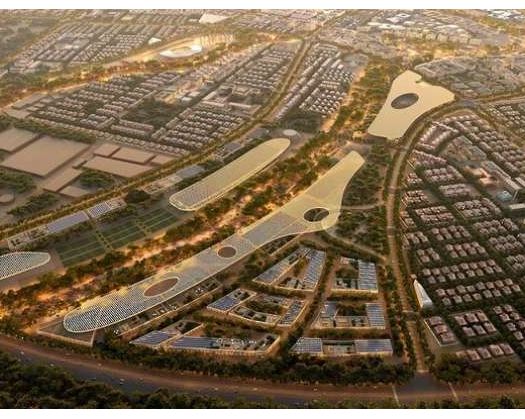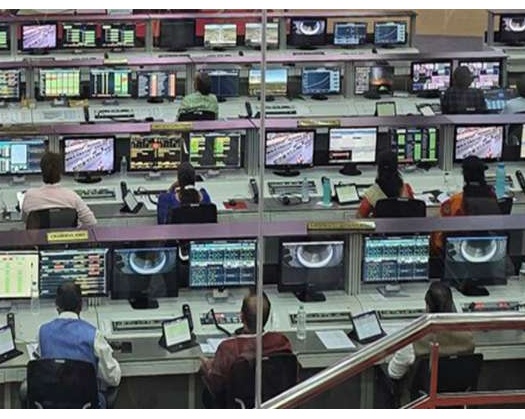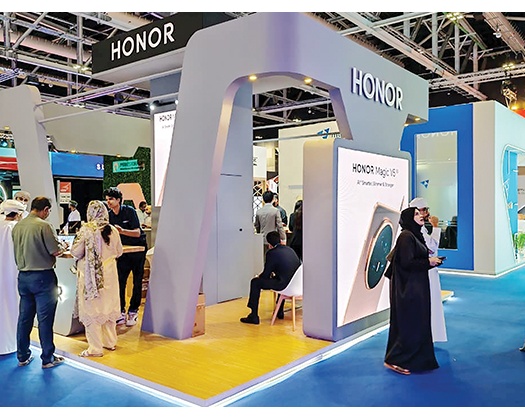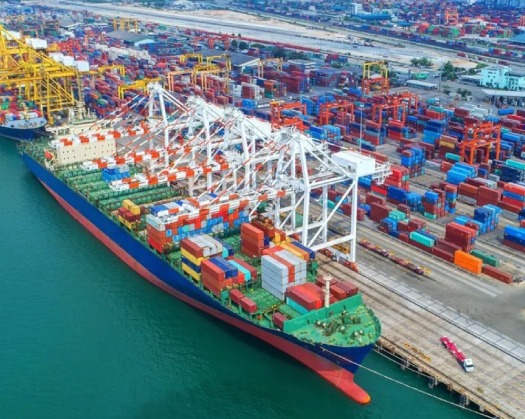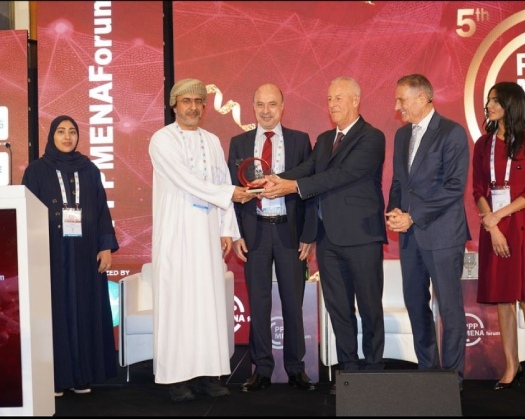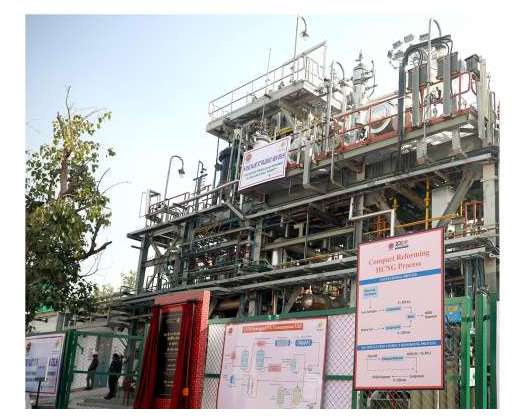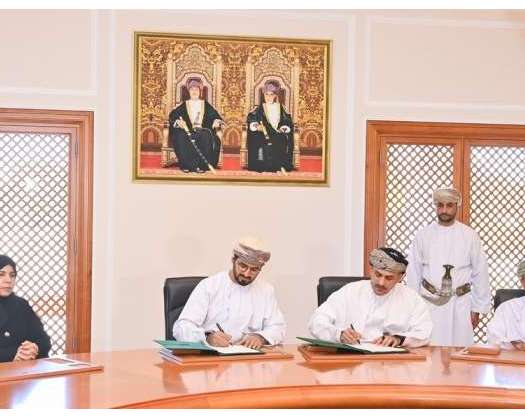Muscat: The city of Sultan Haitham has been meticulously engineered to achieve a sustainable equilibrium with the environment, primarily through the utilization of solar energy, the application of waste-to-energy production systems, and the treatment of wastewater.
Eng. Khalfan bin Masoud Al Naabi, the Director General of Urban Planning at the Ministry of Housing and Urban Planning, elucidated that the urban strategic policies are meticulously crafted to consider sustainability and the balance between human needs and the natural and environmental resources available within Sultan Haitham City. This comprehensive approach to urban design is expected to significantly elevate the standards of urban planning.
He further emphasized that the development of the new city will not have adverse effects on the environment, and the architectural designs are tailored to facilitate sustainable transportation and the implementation of advanced infrastructure.
Al Hassan bin Ali Al Shakiri, the architect responsible for the design of Sultan Haitham City, highlighted that the fundamental features of the city are designed with sustainability in mind, both in terms of design and operation. The implementation strategies also incorporate wind directions to mitigate urban heat, thereby contributing to the vision of a walkable city.
The foundation of the city's electricity production is solar energy, with modern and intelligent systems integrated into the building operations.
Conversely, Engineer Hamad bin Salem Al-Maghdari, the CEO of Al Maha Petroleum Products Marketing Company, mentioned that the company is dedicated to adhering to the directives of Oman Vision 2040, particularly in environmental sustainability and emission reduction through the adoption of modern technologies in service management. He noted the company's ongoing commitment to renewable energy, aiming to equip various centers with electric vehicle charging stations, with a focus on Sultan Haitham City, to achieve sustainable and holistic development goals, especially in the realm of renewable and clean energy.
The Ministry of Housing and Urban Planning has stated that the city will be "comfortable" by adopting design strategies that incorporate natural shade through afforestation, aligning with the city's architectural character in determining the orientation of urban buildings, providing open-air natural spaces, distributing building density and height, and designing streets.
The city will be constructed with the principle of "easy accessibility" in mind, which involves the strategic distribution of the road network, community facilities, and services at close proximity. This approach aims to ensure that the city can accommodate the largest possible number of facilities, while also incorporating an internal transportation network. This network will be designed to support a variety of transportation methods, including public and private transportation, as well as dedicated paths for pedestrians and bicycles. The goal is to connect the city's neighborhoods, its central area, and various facilities, all while prioritizing comfort and safety.
The city's approach to smart planning is tailored to the unique characteristics of its location and to align with contemporary needs and technological advancements. It will leverage cutting-edge technological solutions and innovations in the design and operation of infrastructure and buildings, ensuring that the city is both functional and adaptable to meet current and future demands. This comprehensive approach is intended to transform the city into a "beloved" urban environment, where every aspect, from its features and details to its services and facilities, is meticulously crafted to offer a luxurious and harmonious experience. This journey begins with the careful selection of the city's strategic location and culminates in the provision of luxury and comfort, positioning the city as an attractive and preferred destination for all.

